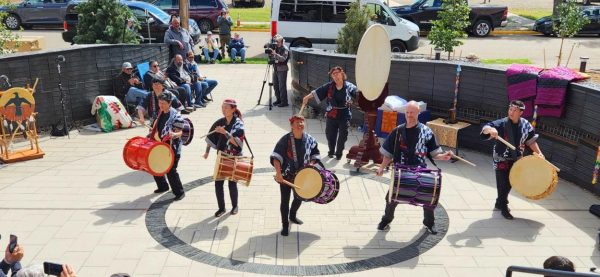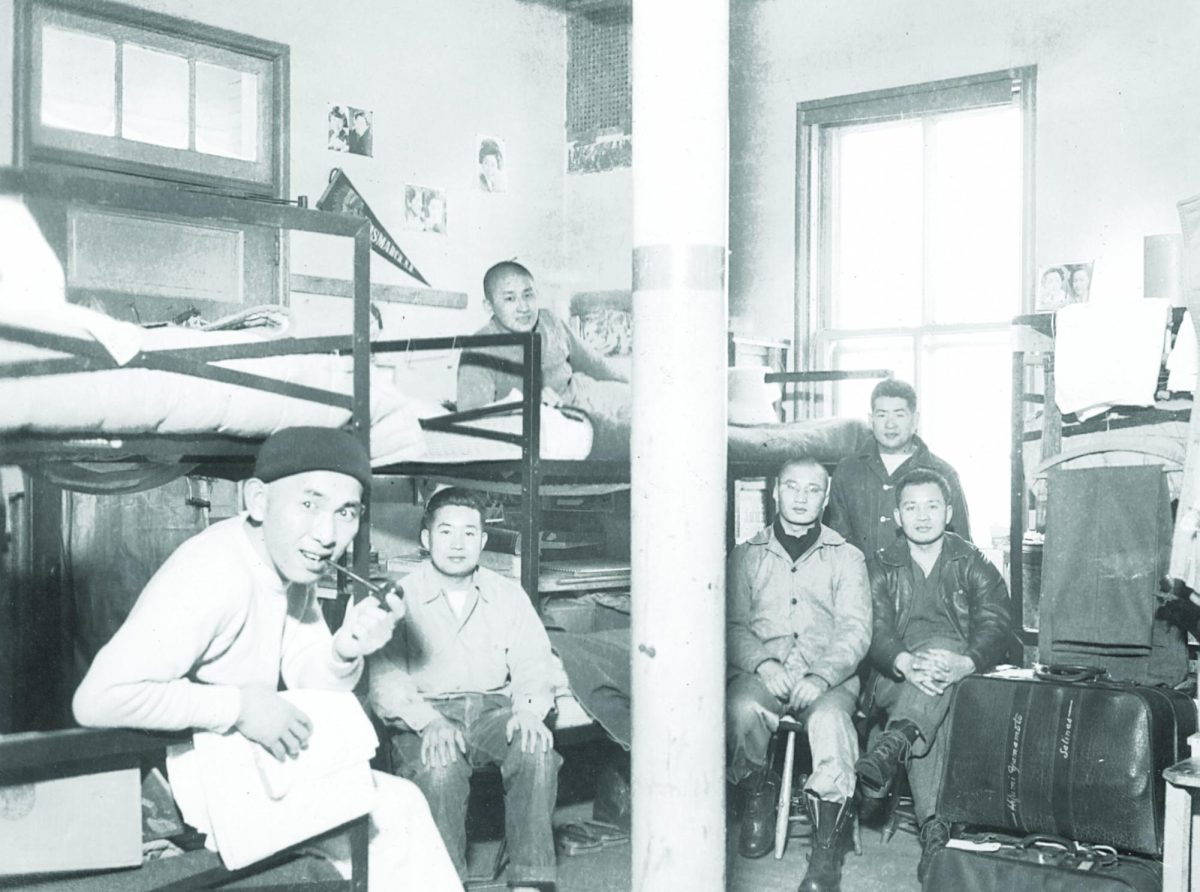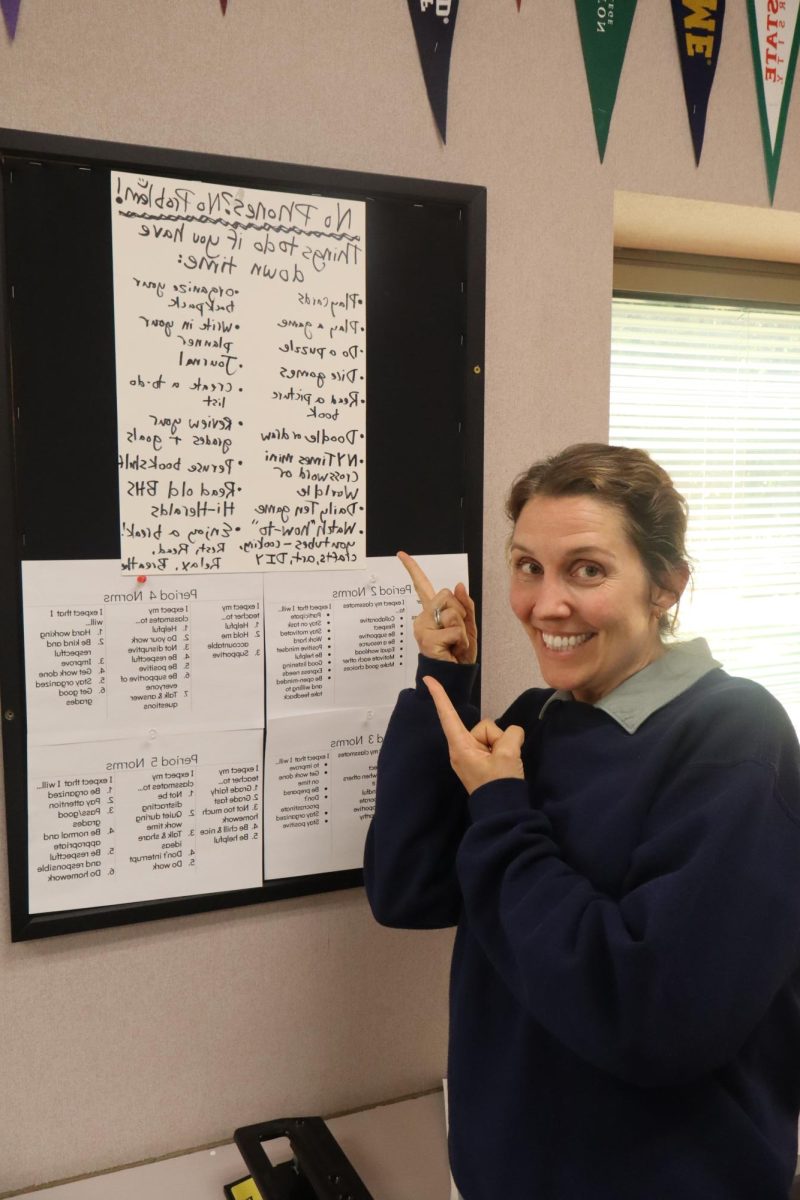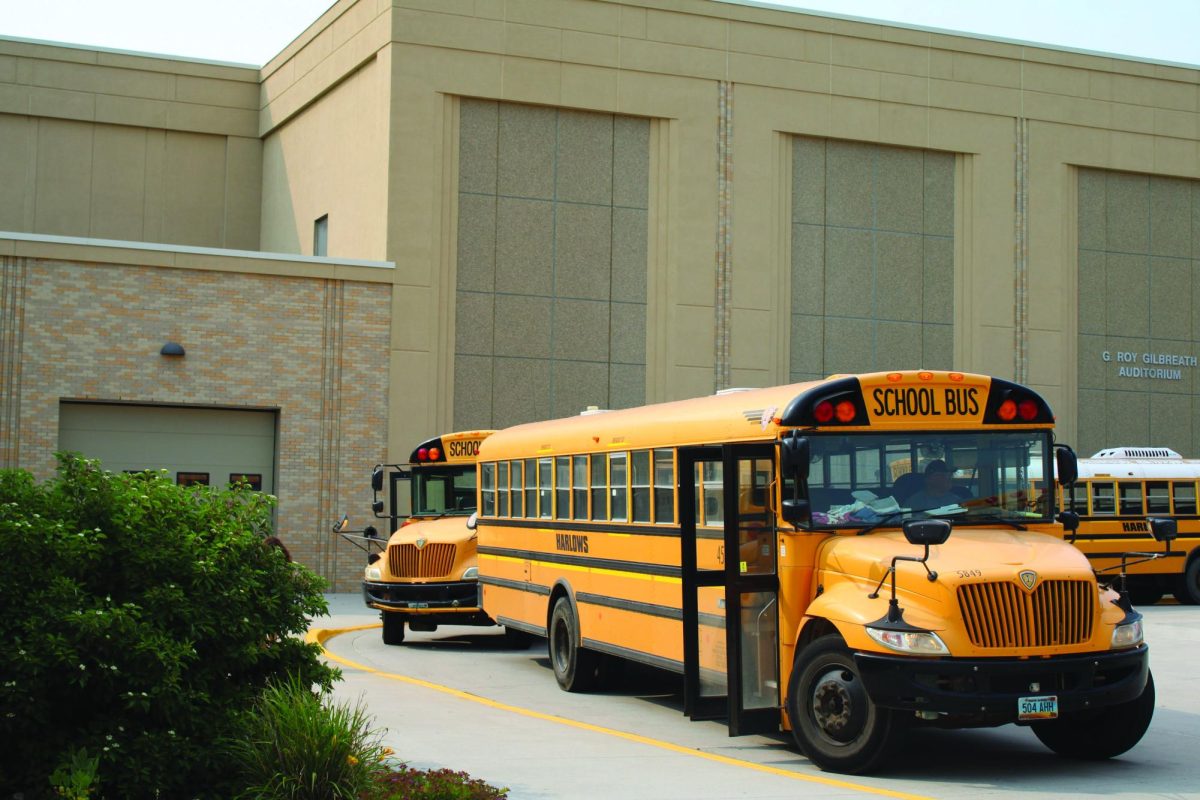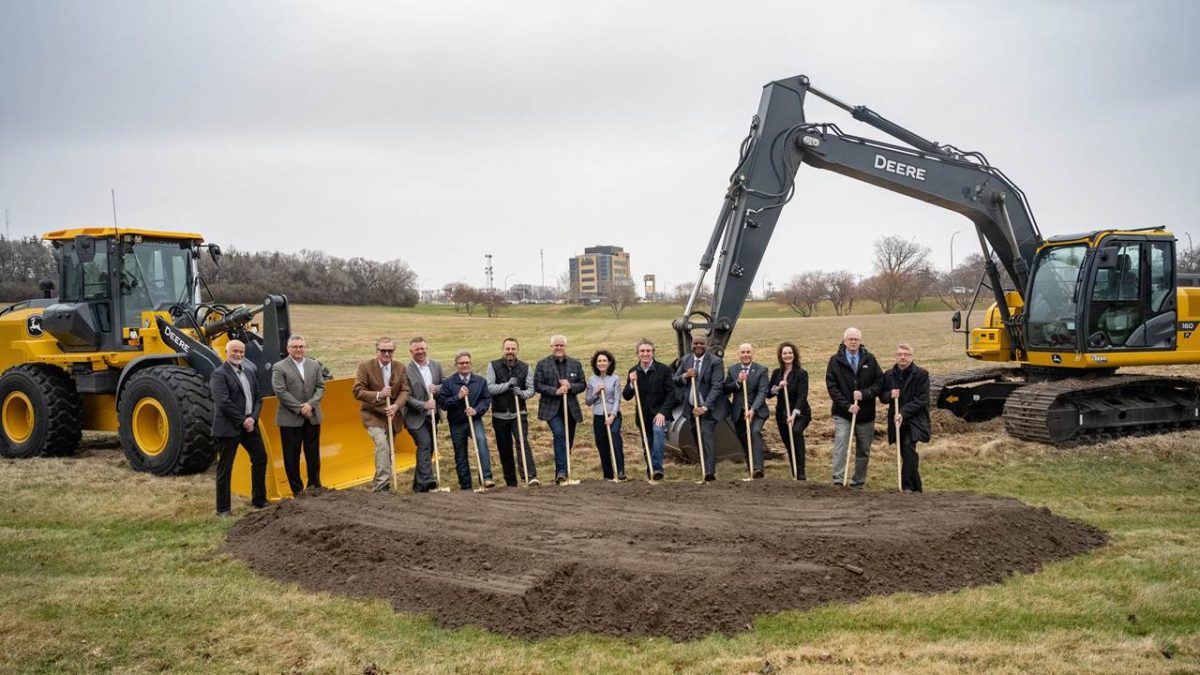During World War II, 1,920 Japanese Americans were imprisoned at the former Fort Lincoln Military Post in Bismarck, North Dakota.
That same location is now known as United Tribes Technical College (UTTC). Retired UTTC Public Information Director Dennis Neumann explains how the college is uncovering its history by revealing the gruesome and impactful truths in its history.
“Japanese American ancestry was locked up behind 10-foot high barbed fences topped with barbed wire and guard towers,” Neumann adds, “if you speak with people in Bismarck, your generation, my generation, and theirs, often, they will say, ‘well gee, I never knew that there was anything like that here in Bismarck’.”
Neumann worked for UTTC from 2002 up until 5 years ago. Now, Neumann helps with the college’s archive center.
“I’ve been one of those people that was involved in all of these meetings since the early 2000s about doing something to recognize what this site was during the time of World War II.”
In 1946 to 1947, Japanese citizens were sent from California to North Dakota after protesting against the deportations of other Japanese American citizens. The protesters were later incarcerated at Fort Lincoln.
“Those young men were demonized for speaking out,” Neumann continues, “this question of citizenship and birthright citizenship, it’s a present discussion today. You hear about it and read about it in the news. It’s one of those subjects that can and should be thought about and pondered, so what we’re trying to do is present some data points and information about that at this memorial.”
In the 1980s, previous UTTC president David M. Gipp discovered several Japanese-American families visiting the college. Gipp became fascinated with the Japanese’s relation to the location. He began several meetings and conferences to discuss their history and what actions the college could take to honor them.
“He became interested in this subject matter from the point of view that American Indians, Native Americans, had experienced a similar kind of treatment at the hands of the government,” Neuman said. ¨In his words, he called it a parallel track of oppression and confinement, and that interested him a lot.”
In 2003, UTTC developed its first memorial called, The Snow Country Prison Traveling Exhibit. At this time, the college held its first conference to open up the discussion on the Japanese and their effect on America’s history.
In 2010, shortly after 9/11, UTTC held its second conference, where they included current matters involving discrimination against the muslim community.
“The point was to try to raise awareness about what happens when a particular group of people in society becomes demonized in some way during political processes or through government processes, and what happens within society when that occurs,” Neumann explained.
After years of going through the grant process, UTTC was able to build a nationally recognized monument. The new site is made up of a polished block wall with the names of the prisoners printed onto it. In the middle of the wall, visitors can find a line called Kintsugi.
“It’s a Japanese term for a fixing of something that is cracked or broken,” Neumann said. “Thematically, this particular thing that is in the wall of the memorial goes to explain that even though things are fractured or broken, they can be mended, they can be put back together again, and there is hope for justice in the world.”
“Those young men were demonized for speaking out.”
